From Entomology Today
March 25, 2019
A citywide integrated vector management effort led by the U.S. Centers for Disease Control and Prevention in 2016 and 2017 in Caguas City, Puerto Rico, found that placing mosquito traps known as autocidal gravid ovitraps at a density of three traps per home in the yards of most houses in a community could reduce the number of female adult Aedes aegypti mosquitoes caught per trap to two to three per week—a number that was then associated with lower incidence of Zika and chikungunya in field-collected mosquitoes. (Photo credit: James Gathany, CDC Public Health Image Library)
The 2016 outbreak of Zika virus in the Americas pointed a spotlight at the state of the global public health community’s capacity to respond to vector-borne disease. Various government agencies, non-government organizations, and other stakeholders jumped into action, and lessons learned from their collective efforts are informing the development of new response plans for the next such event.
One of those efforts was an integrated vector management (IVM) program implemented across Caguas City, Puerto Rico, by the U.S. Centers for Disease Control and Prevention to reduce the local population of Aedes aegypti mosquitoes and transmission of Zika virus (along with dengue and chikungunya). In a city of more than 140,000 people, it was one of the largest coordinated IVM programs ever undertaken, according to a retrospective examination of the results published in February in the Journal of Medical Entomology.
In a previous, smaller-scale studies, researchers had found that placing mosquito traps known as autocidal gravid ovitraps (AGOs) at a density of three traps per home in the yards of most houses in a community could reduce the number of female adult Ae. aegypti mosquitoes caught per trap to two to three per week—a number that was then associated with lower incidence of Zika and chikungunya in field-collected mosquitoes.
